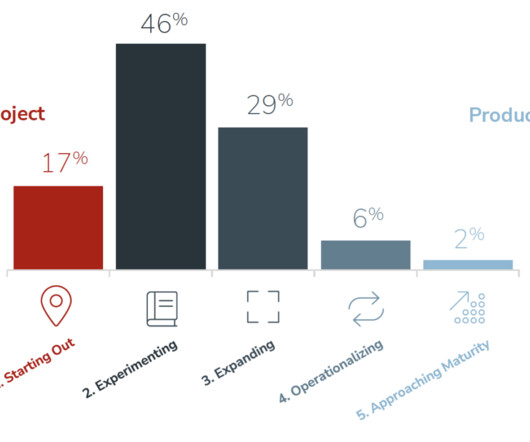Scaled Agile Framework: what is and how it works
mjvinnovation
APRIL 5, 2019
SAFe is an agile framework for development that has been gaining a lot of prominence among developers and managers of software projects. Acronym of Scaled Agile Framework, SAFe is an agile development framework that provides a simple and lightweight experience for the team as it is divided into three segments: Time, Program, and Portfolio.















Let's personalize your content